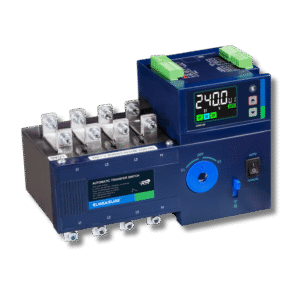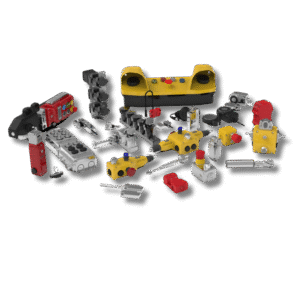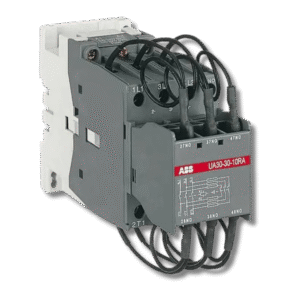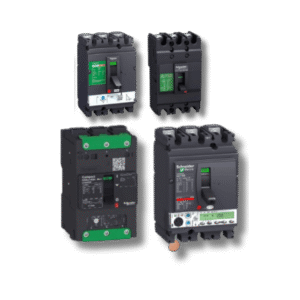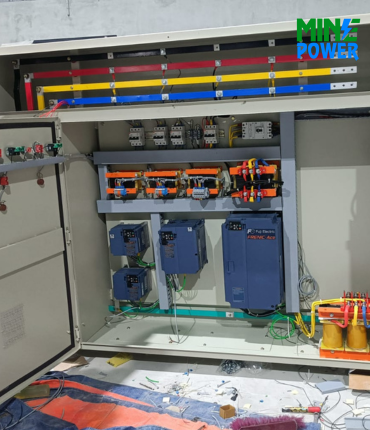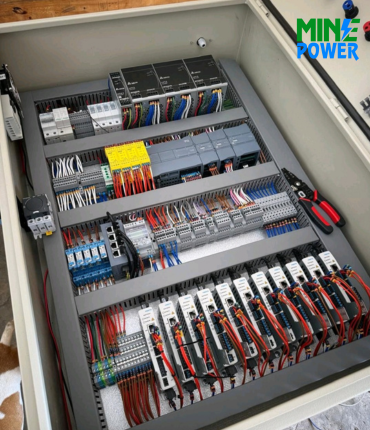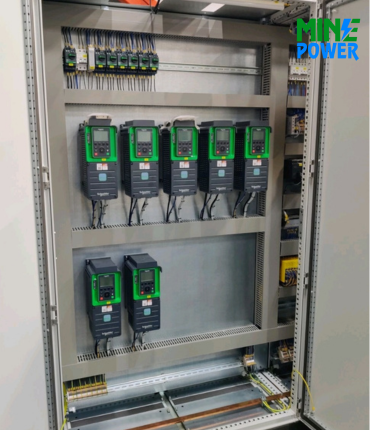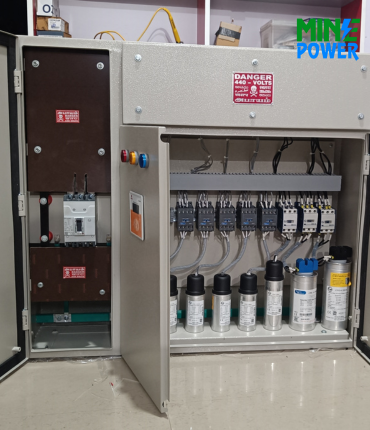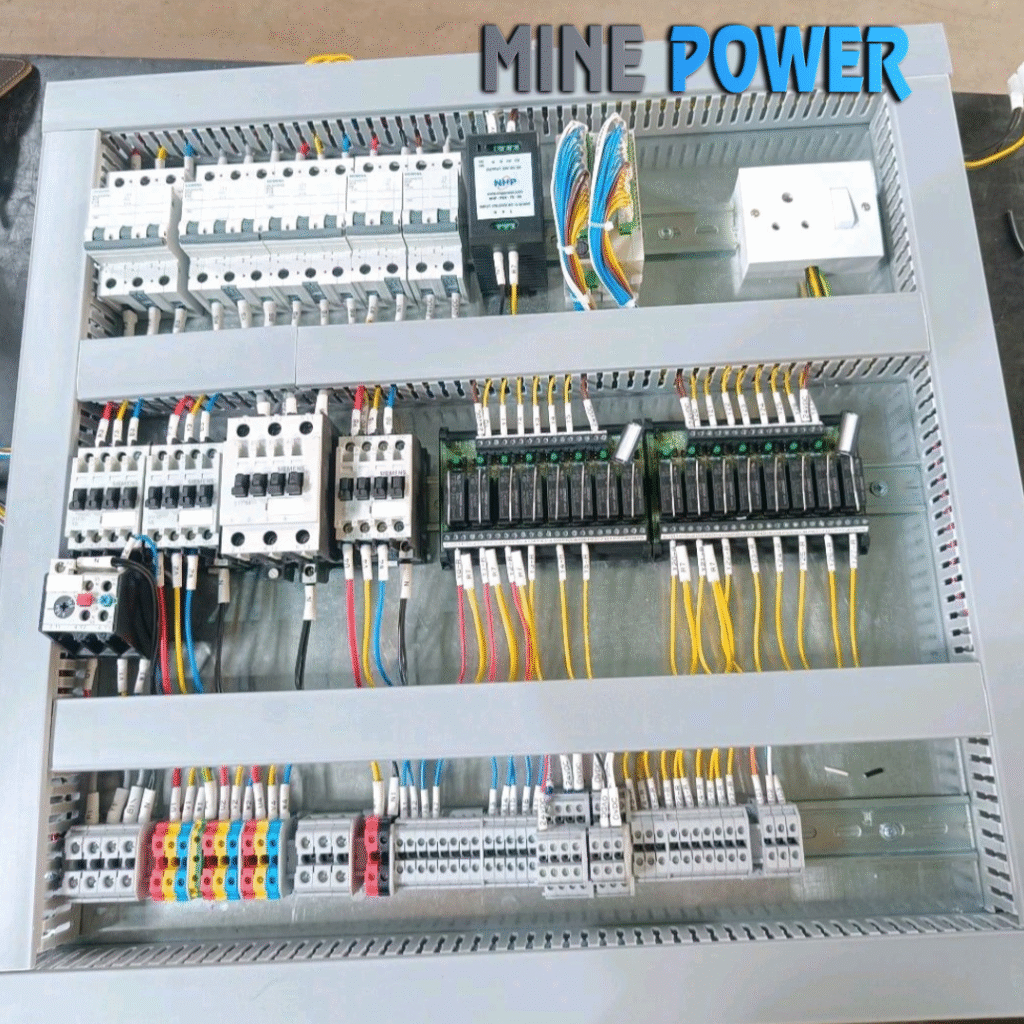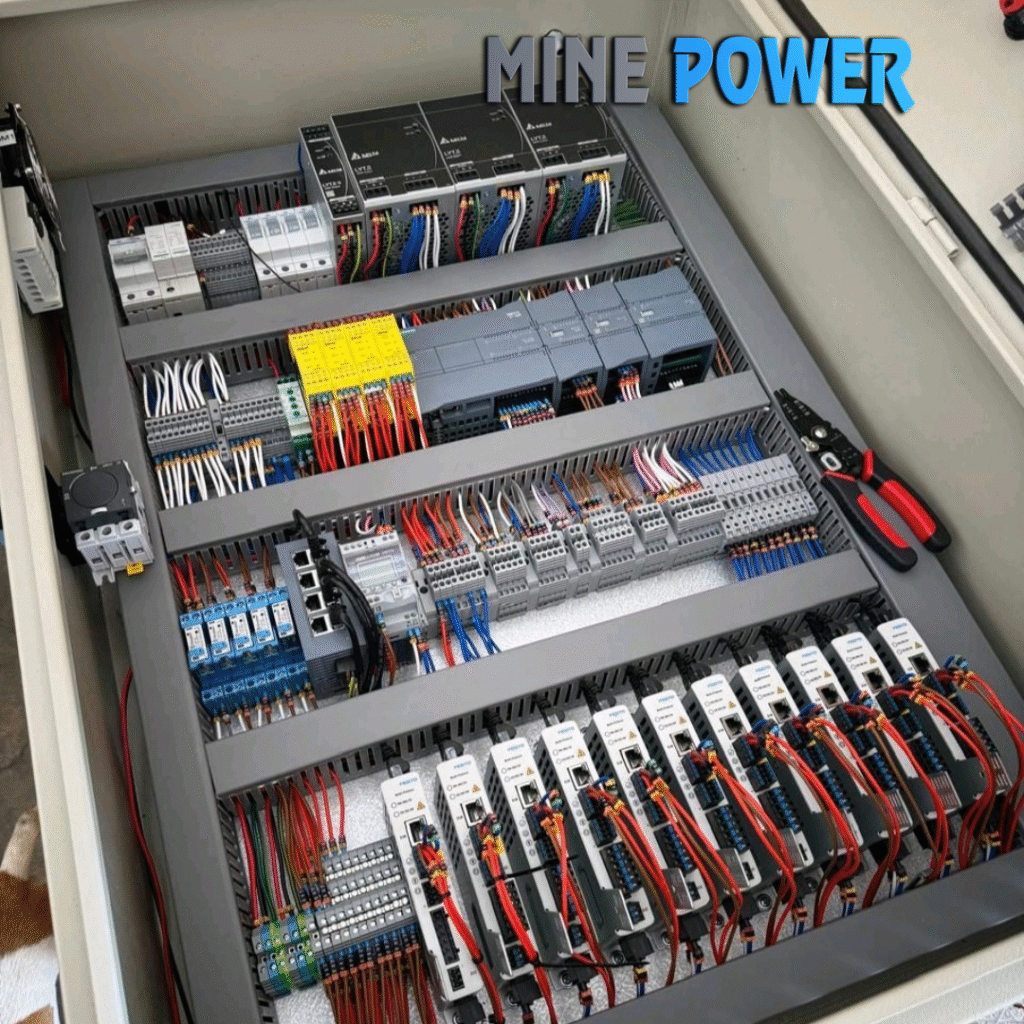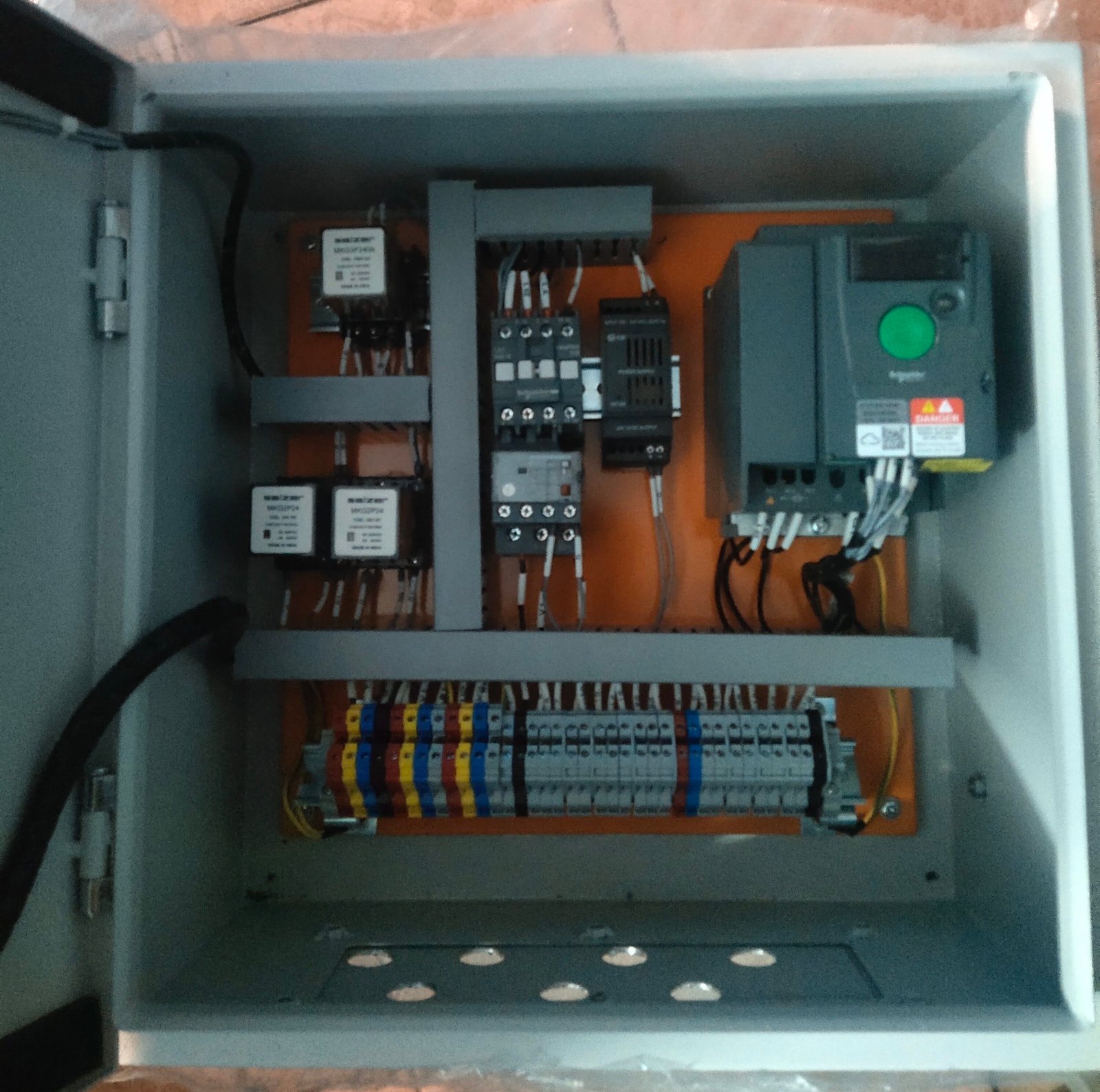Siemens SENTRON MCBs deliver reliable miniature circuit protection for modern electrical systems. Available across 1- to 4-pole configurations and B, C, D trip curves, they provide durable overload and short-circuit defense with breaking capacities of 10 kA to 15 kA. Built for adaptability, their modularity and accessory support enable clean, secure integration into residential, commercial, and industrial panels.
Description
Siemens SENTRON MCBs are compact DIN-rail mounted devices designed for overcurrent protection—safely interrupting overload and short-circuit currents in low-voltage electrical systems. Their modular structure and accessory support make them reliable in residential, commercial, and industrial environments.Siemens+1
Key Models & Specifications
| Series / Model | Poles | Trip Curve | Rated Current | Breaking Capacity | Notes |
|---|---|---|---|---|---|
| Sentron 5SL4 (e.g., 5SL41027RC) | 1P, 2P, 4P | B, C | 2A – 32A | 10 kA | Halogen‐free, IP20aic.in+1 |
| Sentron 5SL7 (e.g., 5SL71028RC & 5SL74208RC) | 1P, 4P | D | 2A – 20A | 15 kA | Heavy-duty switchingElectrihub+1 |
Features
-
Dual thermal-magnetic trip mechanism for reliable overload & short-circuit protectionaic.in
-
Trip curves (B, C, D) accommodate different load types, including circuits with high inrushaic.inElectrihub
-
Compact, modular design with magnetic indicators (ON/OFF) and DIN-rail compatibilitySiemens+1
-
Construction includes halogen-free materials and IP20 protectionaic.inaic.in
-
Wide accessory range: auxiliary contacts, shunt trips, busbars, etc. (expandable)Siemens+1
Applications
-
General-purpose circuit protection in residential, commercial, and industrial panels
-
Lighting and socket circuits, motor feeders, and auxiliary control protection
-
Ideal for modern infrastructure requiring modular and safe circuit protectionSiemens+1
Advantages
-
Compact, space-saving form factor
-
Multiple trip characteristics for tailored protection
-
High visibility and safety (clear trip indication)
-
Accessory support allows flexible system integration
Disadvantages
-
Breaking capacity lower than MCCBs—less suitable for high fault-level systems
-
Requires careful curve selection for inductive loads (e.g., motors)
-
Adding accessories increases system complexity and installation effort



